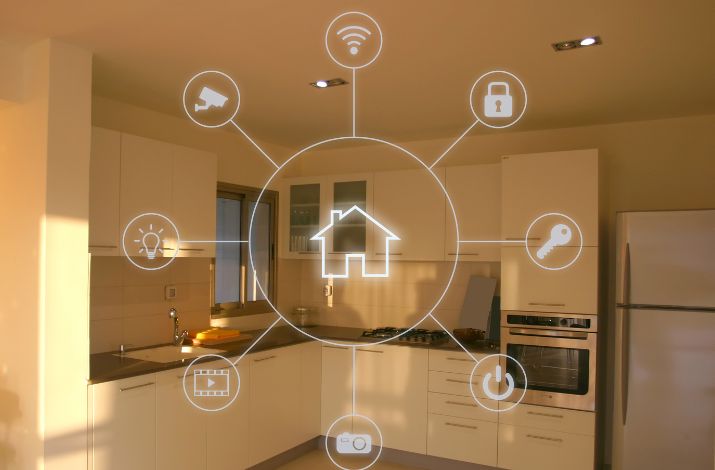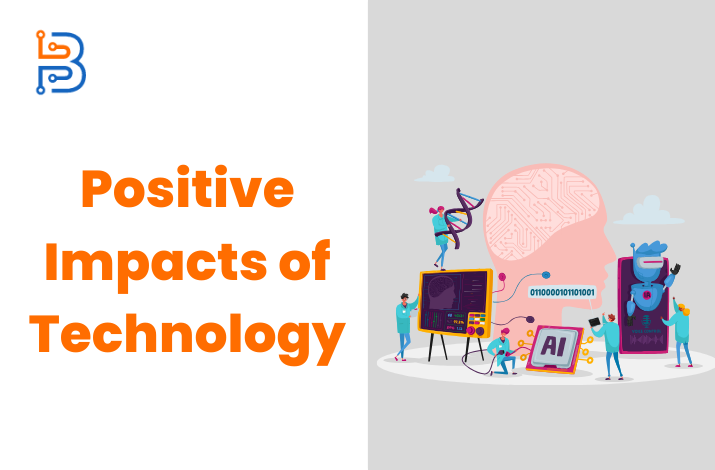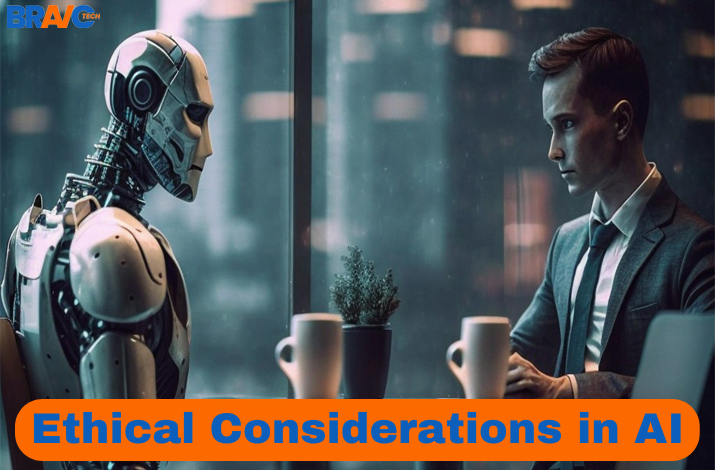Navigating Tomorrow – Unveiling The Bright Future Of Smart Homes

The popularity of the smart home is not just a passing fad; it is a new paradigm in how we treat and perceive our abodes. The long-term effects of the home automation trend can be pinned to several factors that together alter the way we interact within, and manage our domestic surroundings. This blog post contains a smart home guide for better understanding.
Future Of Smart Homes
Here is briefly discussed below:
Convenience and Efficiency
The concept of smart homes is grounded on the promise of absolute convenience. Little daily tasks like changing thermostat settings for managing security systems are automated with automation technologies, and hence it reduces our work, saving time. So, This Indeema’s smart home guide for better understanding .
Energy Efficiency and Sustainability
In a period where there is an increasing focus on environmental conservation, smart homes provide a platform through which energy efficiency can find practice for the betterment of humanity. Through automation, an individual can regulate energy consumption in his or her homestead, contributing to a sustainable and environmentally friendly lifestyle.
Integration with Everyday Devices
With the emergence of the Internet of Things (IoT), this integration is getting easier and easier. From refrigerators to thermostats, being able to connect and control devices at a central hub would overall make the home much more efficient and functional.
Higher Level Of Security
Smart home security systems ensure better protection and real-time monitoring of the property in real-time. The smart cameras, doorbell cameras, and sensors help in keeping an eye on the property and avoiding the kind of threat that provides safety in general terms.

Improved Technologies
Additional advancements in artificial intelligence (AI) and machine learning are further supporting the expansion of smart home systems. Such improved technologies enable devices to learn a user’s preferences, predict their requirements, and even adapt to changing circumstances and situations for a more intuitive experience.
Trends in Smart Home Technology
The smart home technology landscape is constantly changing over time, thereby offering the users a dozen exciting possibilities. Manifold trends define the present and the future of smart homes:
Voice Activated Interfaces
Voice assistants such as Amazon’s Alexa, Google Assistant and Apple’s Siri have become integral parts of smart homes too. It allows access for the user to control various gadgets and information through the use of voice commands, thus providing a better and more convenient user experience.
Artificial Intelligence and Machine Learning
The inclusion of AI and machine learning in the functioning of smart home devices analyze user behaviours, adapts to preferences, and predicts their needs. Therefore with such intelligence incorporated such devices have a higher level of automation that renders the entire idea of smart home technology of the future an intuitive and user-friendly one.
5G Connectivity
The improvement of 5G technology is going to revolutionize the way devices are going to be connected. Working at faster and more reliable internet speeds, smart home devices communicate and respond in real-time which will bring new methods of automating homes for the perfect daily lifestyles and increased remote monitoring.
Augmented Reality (AR) and Virtual Reality (VR)
Immersive technologies like Augmented Reality and VR are increasingly becoming a part of the smart home segment. While elements such as a virtual walkthrough for personalizing one’s living space gain more value in this environment, substituting real-time physical experience with an augmented reality interface to control would heighten one’s experience at a smart home.
Edge Computing
It involves working with the data where it is being produced, that is locating the processing at or near the source rather than depending on central cloud servers. The trend is currently growing popular in smart homes as edge computing would allow critical application work at higher speeds and with fewer delays because their processing is done closer at hand compared to distant clouds.

What Edits Intend to Happen in the Smart Home Industry in the Following 5 Years?
The inclination of the smart home industry trend over the next five years is poised under transformative changes with the thrust of technology advancements and consumers’ evolving expectations.
Greater Interoperability
More and more inter-operabilities among devices as well as platforms are slowly emerging in the industry. For instance, the action led by the Matter protocol, backed big tech players, that seeks to create a universal standard against which smart home devices can plug in, ensuring frictionless communication across it.
Increased Attention on Enhanced Security Measures
With the advent of smart home devices, increased attention has been focused on security features. Advanced encryption and secure authentication methods are likely to increasingly demand attention along with timely updates in security measures over the next couple of years from customers.
The Widespread 5G
The introduction of and widescale adaptation of 5G networks will bring to life a new experience in connectivity for smart homes. Improved, fast, and reliable connectivity will provide the smart homes of the future with better real-time communication which would make the devices of smart homes more responsive and effective.
Increased Artificial Intelligence Capacities
Artificial intelligence in smarter homes with even more adaptive devices will play an increasingly central role. AI algorithms that analyze conduct, predict preferences well as automatically automate home systems for optimization of comfort and efficient levels.
Integration of Sustainability Features
As sustainability takes center stage in consumer choices, smart homes are going to integrate many more features that work towards decreased energy consumption and more eco-friendly practices. This may include smarter energy management, integration of solar, and eco-conscious automation routines.
Conclusion
Smart homes present a promise to a more intelligent, integrated and sustainable future living. With technology advancing by the day, what is being expected here is that the same smart homes will also advance with time seeing to it that whichever user decides to invest in such technologies continuously enjoys improved quality of living. Convenience, efficiency, and sustainability will all converge to shape the homes of tomorrow – smart environments responsive to the divergent needs as well as preferences of human denizens.






